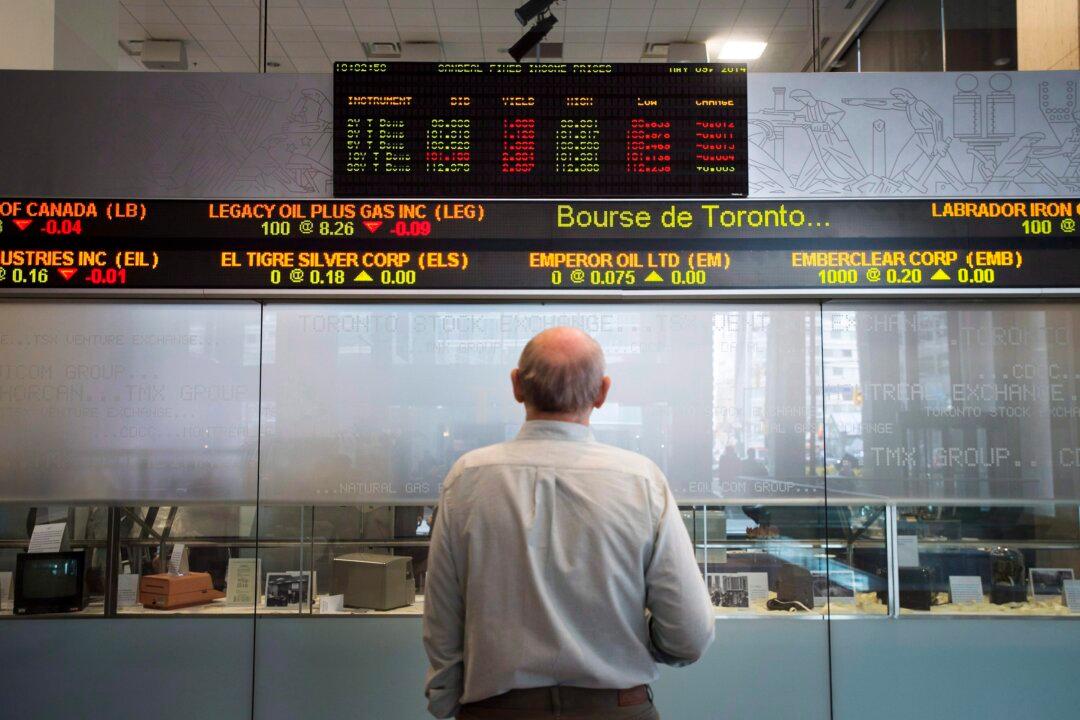The debate between active and passive investing will probably never end, but the trend toward passively managed money is undeniable. Canada is behind the times but is catching up even as active strategies stage a recovery.
Traditionally, investing has been active—to select stocks that will outperform the market, as opposed to settling for the market return. The latter—passive investing—has plenty of research to back its superiority over the long haul and, relatively recently, has seen the development of technology that makes it easily implemented by inexperienced Canadian investors.






